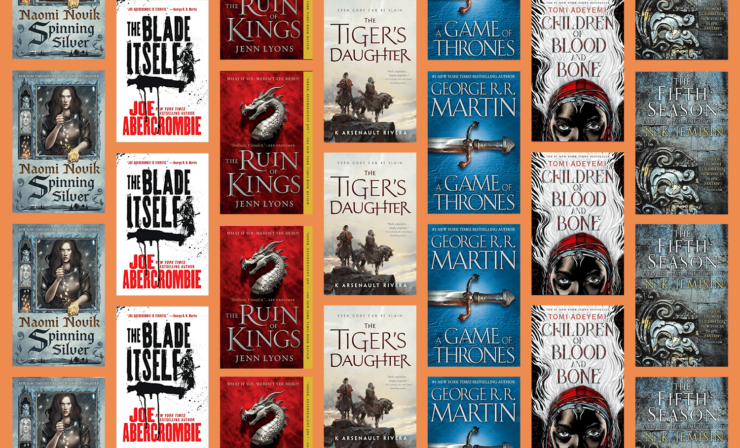One of our favorite techniques in writing is the use of multiple close points of view. While it has an exalted history in fantasy—Tolkien jumped all over Middle-earth in The Lord of the Rings—what we’re especially excited about now is the way authors use the style to craft a much more personal story, by taking us into deep into the minds of many different characters. Multiple points-of-view allow a writer to show us the depth and breadth of their world, to explore class disparity and racial oppression, to tell different sides of a love story or a battle.
We’ve picked a few of our favorite recent examples—tell us yours in the comments!
A Song of Ice and Fire by George R. R. Martin
A Song of Ice and Fire may be the most popular current version of this story telling style, as the chapters shift points of view constantly, giving readers the opportunity to hop from mind to mind and get a fuller picture of the drama on Westeros. (Of course it can also be frustrating when, say, an entire book goes by without the point of view of your favorite character…) This technique has become one of the strong points of the television adaptation as well, as Game of Thrones’s writers frame our experience of the world through its characters: Sansa, navigating the court of Kings Landing; Tyrion, talking his way out of a foreign slave market; Jon Snow, journeying beyond the frozen Wall; Dany, conquering the lands of Essos…
Buy the Book
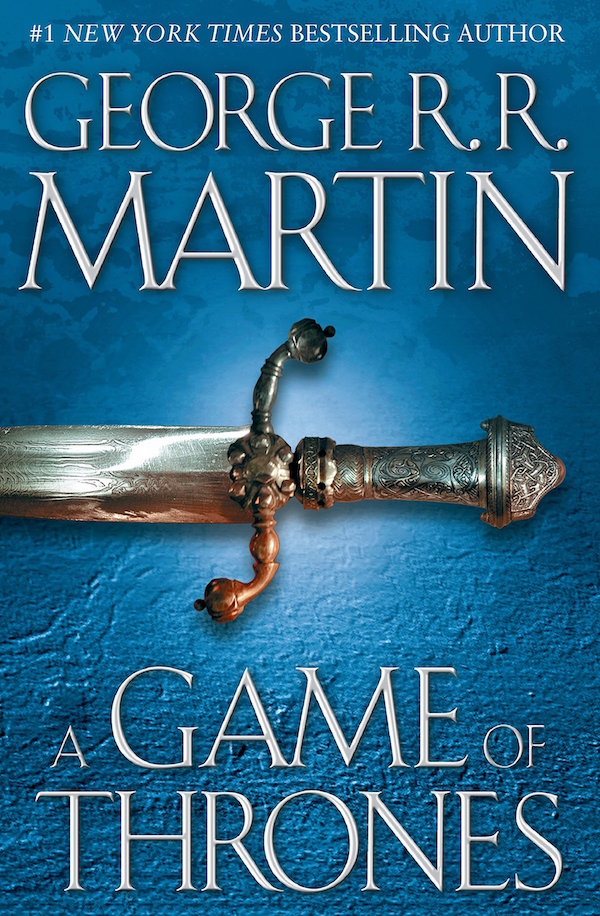

A Game of Thrones
The Ruin of Kings by Jenn Lyons
The Ruin of Kings focuses on Kihrin, a bastard orphan who is claimed against his will as the long-lost son of a treasonous prince and drawn into an epic conflict. The book is structured as a conversation between Kihrin and his jailor, a thousand-year-old demon named Talon. While Kihrin explains how he wound up in his less-than-pleasant circumstances at the novel’s start, Talon interrupts to tell her version of the bastard-turned-royal-heir’s tale—using the memories of those around him to create an unsettling multiple POV all her own. The novel flips between Kihrin and Talon, but also hops around in time—Kihrin starts his tale as an adult, but Talon insists on a more full accounting of his history. Royal servant Thurvishar D’Lorus, who has helpfully transcribed their conversation, adds a third layer of color commentary to the story via footnotes that range from informative to downright snarky.
Buy the Book
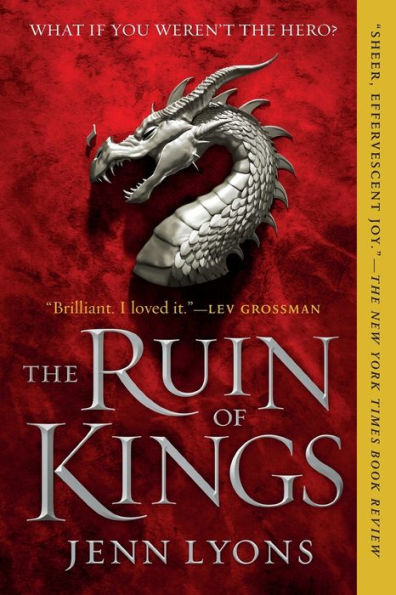

The Ruin of Kings
Spinning Silver by Naomi Novik
For roughly the first quarter of Novik’s charming standalone fantasy, the narrative unspools through Miryem—the pragmatic daughter of a soft-hearted moneylender who takes on her father’s work and recoups nearly all of the outstanding debts from his customers. Each of these interactions could have taken up only a few pages of Miryem’s tale, but instead Novik spins out each of their stories, giving truth to the adage that everyone is the protagonist of their own life, but also providing valuable dramatic irony for the reader as the characters take on ever more perilous transactions. Miryem’s ill-advised boast that she can “turn silver into gold” unwittingly spins a web that draws in a peasant girl, Wanda, and Irina, the unhappy daughter of a local lord who plots to wed his child to a dashing but sinister young tsar… If Miryem, Wanda, Irina, and the other narrators are each a silver coin, then tallying up their respective stories is a fine trade for the single, golden story they create.
Buy the Book
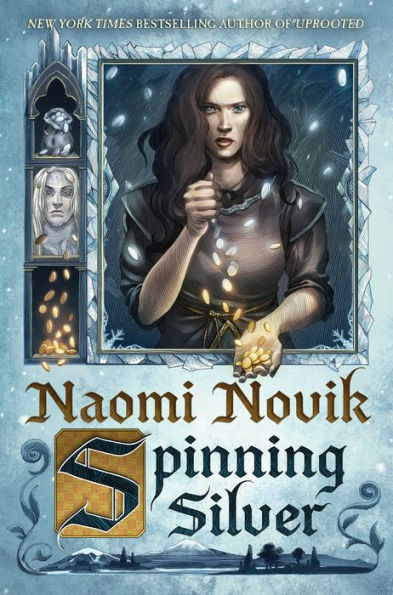

Spinning Silver
The Broken Earth series by N. K. Jemisin
Beginning with The Fifth Season, N. K. Jemisin’s Hugo Award-winning Broken Earth series uses a multipart POV to masterful effect. The series follows the plight of a group called the orogenes, who can control energy to manipulate their planet’s surface and temperature. They are brutally oppressed—people who lack these abilities fear them, and the ruling class demands that any orogene children are either murdered or wrenched away from their families to be trained by Guardians… not that this training entirely protects them from murder. Over the course of her epic, Jemisin spans time by changing narrators. After an opening prologue narrated by an older orogene, she takes us through the points-of-view of three different female orogenes—Essun, Damaya, and Syenite—giving the reader each woman’s firsthand story, and a larger sense of the planet’s sweeping history.
Buy the Book
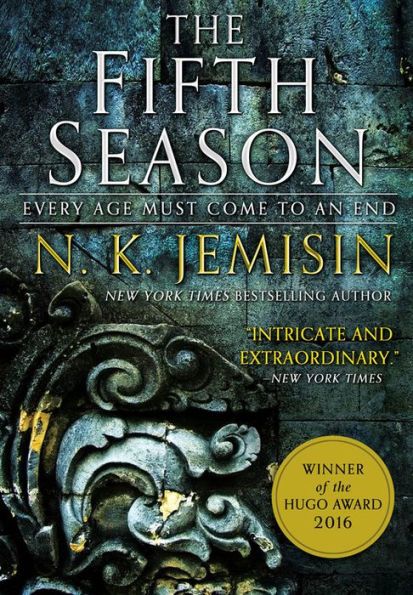

The Fifth Season
The Children of Blood and Bone by Tomi Adeyemi
Like the Broken Earth trilogy, The Children of Blood and Bone explores a society where magic is being stripped from the people, but this one uses multiple POVs to tell a much more compressed story, layering different characters’ experiences together. Saran, the brutal ruler of Orïsha, sends troops through the land raiding villages and lynching every “diviner” they can find. Eleven years later, Zelie is fueled by memories of her mother’s murder as she begins her quest to restore magic to her people. Her story is interwoven with that of Amari, a princess who seeks vengeance for another of her father’s murders, and Inan, the crown prince who ricochets between craving his father’s approval, and wanting to ally with the magic-users. As the three come closer and closer to Saran’s home, their stories twist around each other until they become one fantastical tale.
Buy the Book
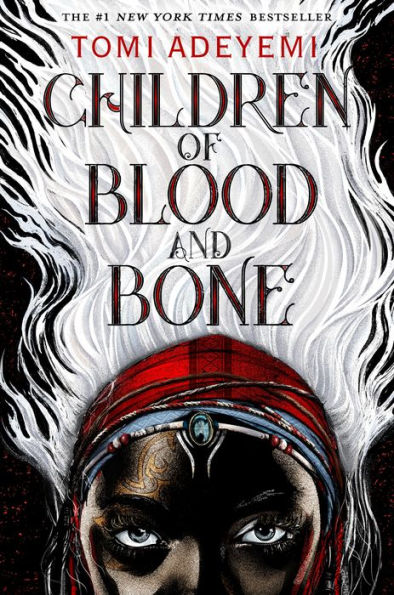

Children of Blood and Bone
The First Law Trilogy by Joe Abercrombie
The First Law Trilogy—The Blade Itself, Before They Are Hanged, and Last Argument of Kings—tells its story through the six interwoven points of view of the main characters. As Logen Ninefingers, Jezal dan Luthar, Sand dan Glokta, Ferro Maljinn, the Dogman, and Collem West are all drawn into a plot hatched by the wizard Bayaz, they each tell their version of events as they work to save their world. Abercrombie shows off one of the best parts of the multi-part POV style: it’s a lot harder for a character to be a clear-cut villain, or a clear-cut hero, when you’re seeing them refracted through so many lenses. Even the professional torturer Glokta becomes a lot more ambiguous when you have to spend pages in his head, as he questions his own actions and wrestles with guilt.
Buy the Book
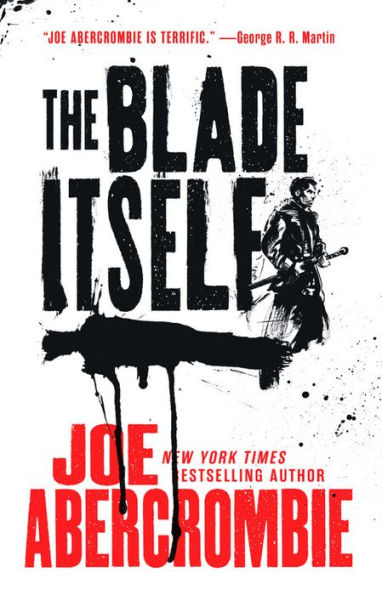

The Blade Itself
The Tiger’s Daughter by by K Arsenault Rivera
The Tiger’s Daughter unfolds across a series of letters between the Quorin warrior Barsalayaa Shefali and her pampered (but still just as warrior-y) ladylove, the Empress O Shizuka. Experiencing the world through the very, very different eyes of Shefali and O Shizuka adds richness and depth to the tale, and the intimate epistolary style also adds warmth to the love story between the two women. Readers see how they talk both to and about each other, how they develop and express their feelings for one another; plus there’s the fun of literally reading between the lines as they recount their histories both as individuals with very different roles in their society, and as a couple whose love transcends society completely.
Buy the Book
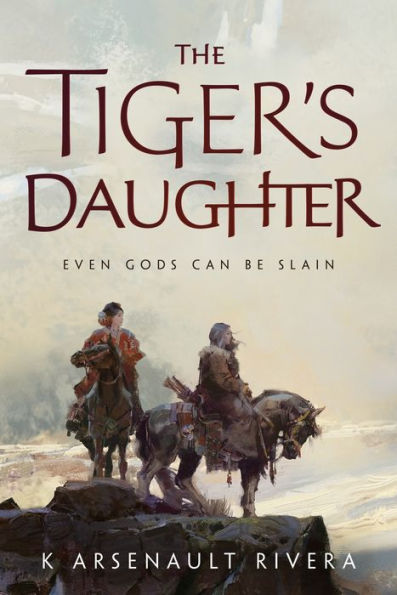

The Tiger's Daughter










